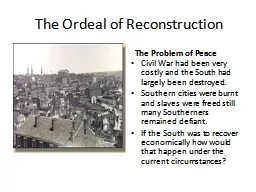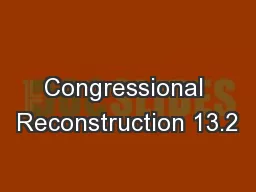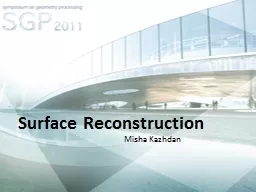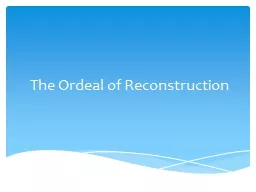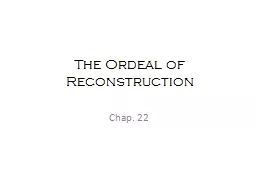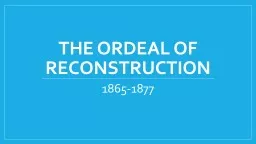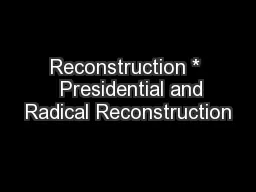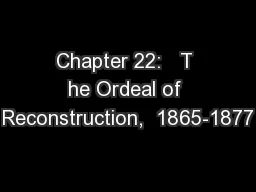PPT-The Ordeal of Reconstruction
Author : pasty-toler | Published Date : 2018-02-17
The Problem of Peace Civil War had been very costly and the South had largely been destroyed Southern cities were burnt and slaves were freed still many Southerners
Presentation Embed Code
Download Presentation
Download Presentation The PPT/PDF document "The Ordeal of Reconstruction" is the property of its rightful owner. Permission is granted to download and print the materials on this website for personal, non-commercial use only, and to display it on your personal computer provided you do not modify the materials and that you retain all copyright notices contained in the materials. By downloading content from our website, you accept the terms of this agreement.
The Ordeal of Reconstruction: Transcript
Download Rules Of Document
"The Ordeal of Reconstruction"The content belongs to its owner. You may download and print it for personal use, without modification, and keep all copyright notices. By downloading, you agree to these terms.
Related Documents

